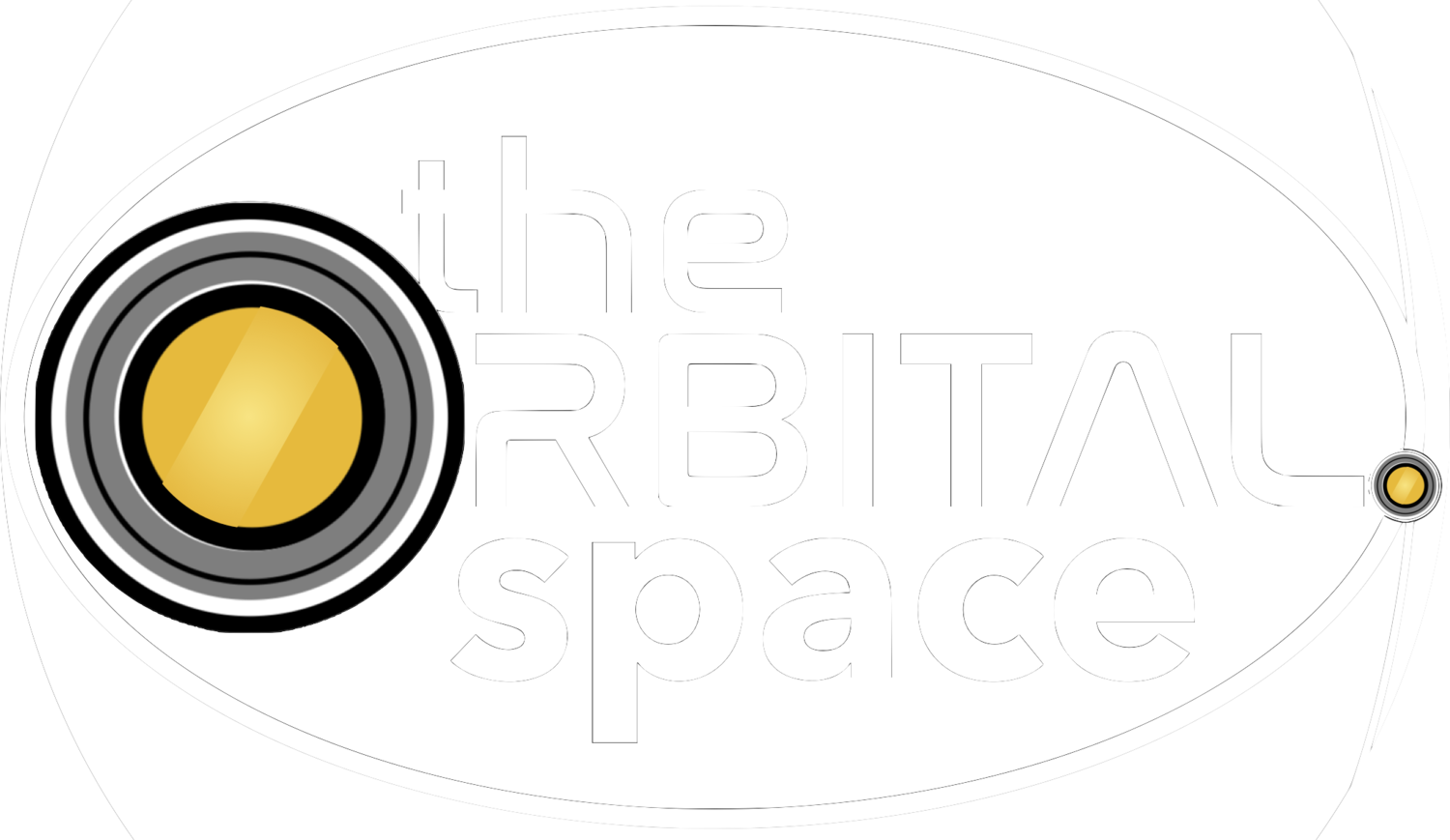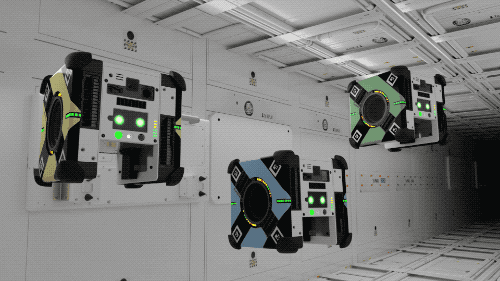Return to Gemini Program overview
Gemini VIII
The first docking of two spacecraft in orbit
Gemini VIII launched less than two hours after its Agena Target Vehicle (ATV), and was planned to be a three-day mission. Scheduled during their fourth orbit, Gemini VIII Commander Neil Armstrong and his co-pilot, David Scott, were to rendezvous with, and perform the first of four dockings with their ATV. NASA's second EVA, the first having been performed by Ed White on Gemini V, was planned during Gemini VIII's first docking.
“Rendezvous, docking, and operating combined spacecraft was a key element of the Apollo strategy. We wanted to prove that ability on Gemini VIII.”
David Scott was scheduled to leave his spacecraft for a total of 2 hours and 10 minutes, during which time he would retrieve a nuclear radiation experiment from the front of the Gemini spacecraft's docking adapter, then move over to the Agena to activate a micrometeoroid experiment. Finally, Scott would move back to the Gemini to test a newly designed power tool by loosing and tightening bolts on an exterior work panel.
Proving the ability to perform a wide range of tasks while wearing the EVA suit in a microgravity environment was a crucial next-step for NASA in their understanding and development of the tools that would be used on the lunar surface. Unfortunately, Gemini VIII would not serve as that particular proving ground, and David Scott would have to wait until Apollo 9 before he had the chance to walk in space.
The Agena Target Vehicle as seen from Gemini VIII
After a successful rendezvous with the Agena, and a thorough visual inspection of the craft to ensure it wasn't damaged by the launch, Gemini VIII was given a go for docking. Moving at a slow 8 centimeters per-second, Armstrong inched his craft toward their goal, and at MET 06:33:52 confirmed Gemini's successful docking with Agena. Shortly thereafter though, while Gemini VIII was in communications blackout, a malfunctioning thruster sent the spacecraft configuration into a violent role.
“We have a serious problem here. We’re - we’re tumbling end over end up here. We’re disengaged from the Agena.”
Gemini VIII undocks from agena
Gemini VIII undocking from Agena
With their OAMS fuel at only 30%, and concerns that the high spin rate of the vehicles could cause serious and even catastrophic damage, Armstrong and Scott made the decision to undock from the Agena. After Armstrong stabilized the vehicles enough, Scott hit the undock button and Armstrong fired Gemini's translation thrusters to propel them away from the Agena.
Without the added mass of the Agena, Gemini VIII's spin rate began to accelerate. With the Gemini spacecraft now reaching one revolution per second, their vision began to become blurred. With the increasing risk of tunnel vision, passing out, or vertigo, Armstrong switched from the OAMS and turned on the Reentry Control System (RCS); using thrusters designated strictly for reentry to stabilize the capsule. It wasn't until this point that ground communications were reestablished.
Unfortunately, mission rules dictated that the activation and firing of the RCS thrusters for any reason meant an aborted flight, and Armstrong and Scott were forced to prepare for reentry.
11 March 1966 - Astronauts Neil A. Armstrong (left), command pilot, and David R. Scott, pilot, the Gemini-8 prime crew, during a photo session outside the Kennedy Space Center (KSC) Mission Control Center. They are standing in front of a radar dish. Photo credit: NASA







